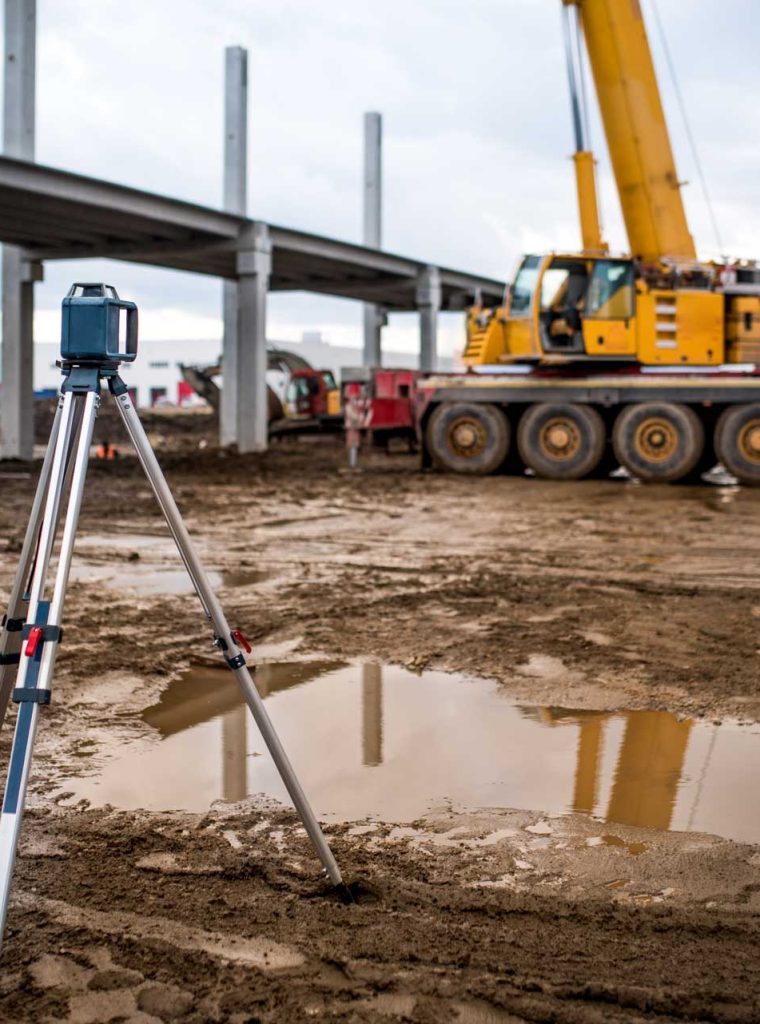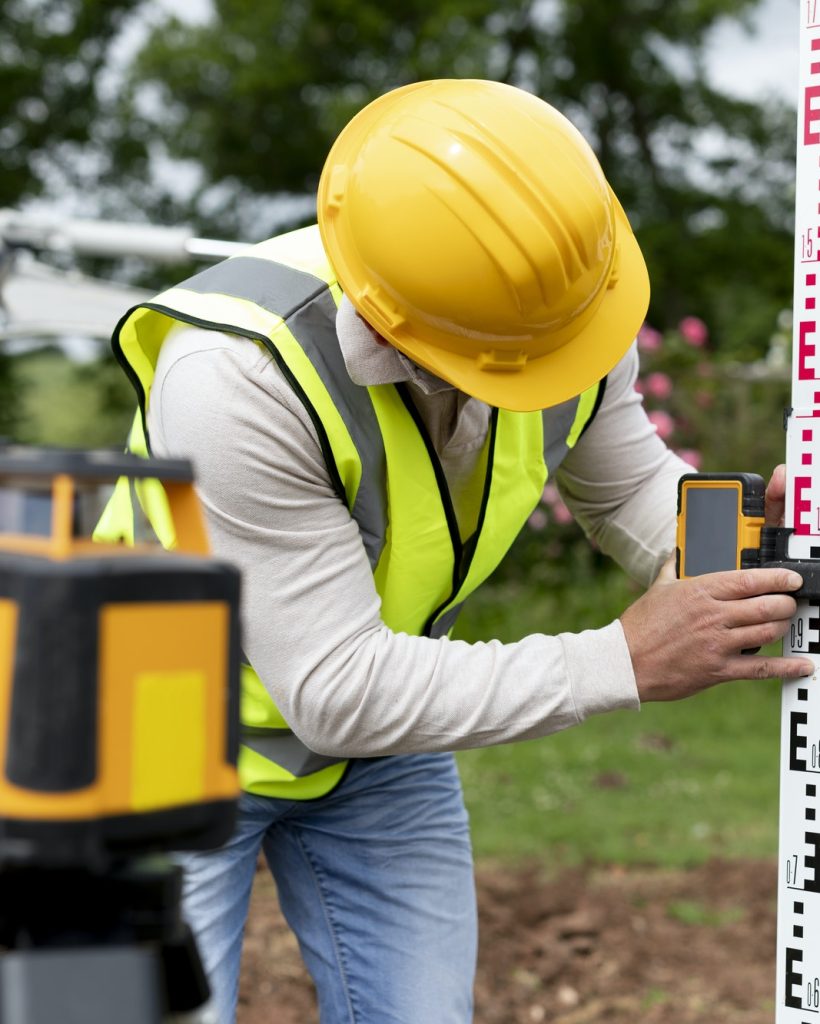Ground Penetrating Radar (GPR) survey is a geophysical technique that uses radar pulses to image the subsurface. It is widely employed for various applications, including utility detection, geological investigations, environmental assessments, and archaeological studies. Here are key aspects related to expertise in GPR survey:
Instrument Operation:
Proficiency in operating GPR equipment, understanding its features, and adjusting settings based on survey requirements.
Selecting appropriate antennas and frequencies for the specific subsurface conditions and survey objectives.
Survey Planning and Design:
Planning and designing GPR surveys based on project goals, site characteristics, and the depth of investigation required.
Determining survey grid spacing, traverse lines, and data acquisition parameters.
Data Collection:
Conducting systematic data collection by moving the GPR equipment along predetermined survey lines.
Ensuring consistent data coverage and overlap for comprehensive subsurface imaging.
Interpretation of GPR Data:
Expertise in interpreting GPR data to identify subsurface features, anomalies, and potential targets.
Distinguishing between different materials and providing insights into the geological or structural composition of the subsurface.
Depth Estimation:
Estimating the depth of subsurface features based on GPR signal penetration and attenuation.
Considering factors such as soil conductivity and signal frequency in depth assessments.
Utility Detection:
Specialized knowledge in using GPR for utility detection and mapping of underground infrastructure.
Identifying and locating utilities such as pipes, cables, and conduits in a non-destructive manner.
Geological and Environmental Applications:
Applying GPR in geological investigations, including bedrock profiling, fault detection, and sediment characterization.
Utilizing GPR for environmental studies such as groundwater mapping, contaminant plume delineation, and subsurface void detection.
Archaeological Surveys:
Conducting GPR surveys for archaeological purposes, including the detection of buried structures, artifacts, and archaeological features.
Collaborating with archaeologists to uncover subsurface historical information.
Advanced Data Processing:
Expertise in advanced data processing techniques, including time-slice analysis, migration, and filtering, to enhance GPR data quality.
Implementing data processing methods to improve the visualization of subsurface structures.
Integration with Other Technologies:
Integrating GPR survey data with other geophysical methods or technologies for a more comprehensive subsurface analysis.
Collaborating with professionals in complementary fields to enhance survey outcomes.
Report Generation and Documentation:
Producing detailed reports summarizing GPR survey findings, including data interpretation, maps, and recommendations.
Providing clear and concise documentation for clients, stakeholders, and regulatory compliance.
Quality Assurance and Quality Control:
Implementing rigorous quality assurance and quality control measures during GPR surveys to ensure data accuracy and reliability.
Verifying the calibration and performance of GPR equipment before and during surveys.
Safety Protocols:
Adhering to safety protocols during GPR surveys to ensure the well-being of survey personnel and others on-site.
Complying with safety regulations and guidelines for working with electromagnetic radiation.
Continuous Professional Development:
Staying informed about advancements in GPR technology, software, and methodologies through continuous learning and professional development.
Incorporating the latest industry standards and best practices into survey workflows.
Expertise in GPR surveying requires a combination of theoretical knowledge, practical skills, and experience in diverse applications. Surveyors with proficiency in GPR contribute significantly to subsurface investigations and non-destructive mapping in various fields


